Mama Lisa Monday: How to Decide how to Quilt your Quilt!
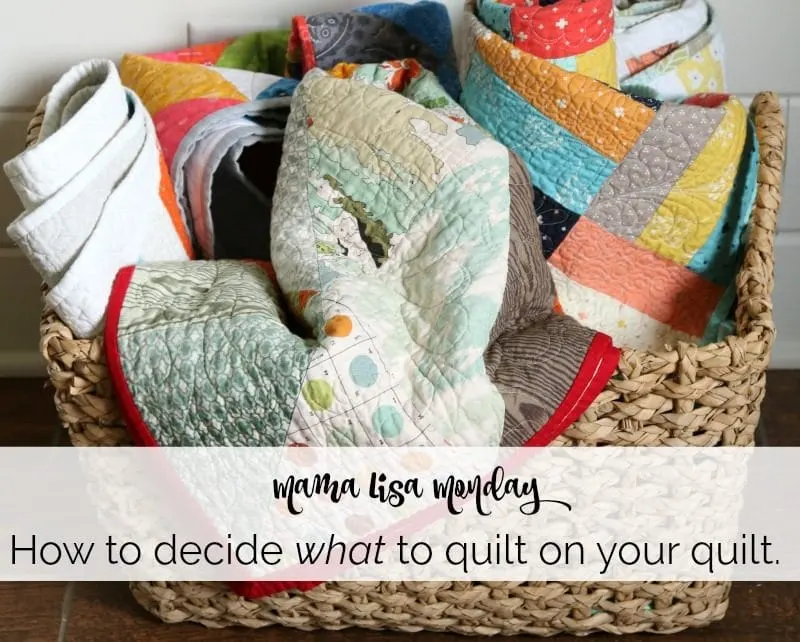
The dreaded “Quilt as Desired”!
So, your top is all finished and sandwiched with batting and backing and you are ready to quilt it, now what? You look at it, look at it some more and just keep looking because you just don’t know if you will like your idea or you have no idea of what you “desire”, so you just keep looking in hopes that some brilliant idea will come to you. I’ve been there many times. So, here are a few tips on how to figure out what your “desire” is for quilting.
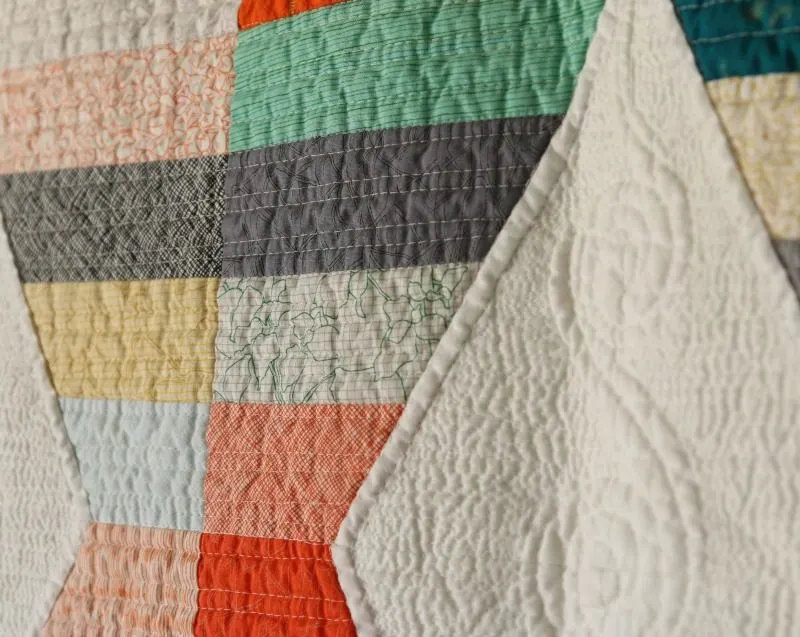
First, you need to be realistic with evaluating the quilt and your skill level. This will really help sort through some options and make a decision.
Purpose of the Quilt:
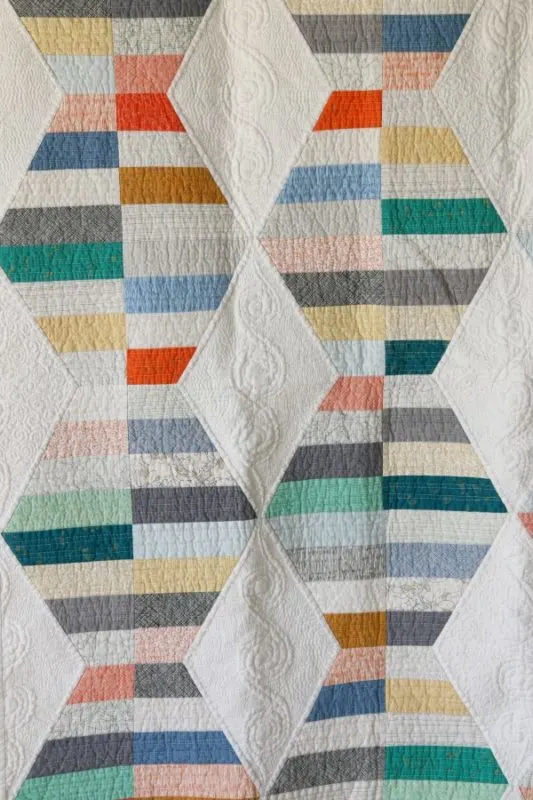
If the quilt is super amazing fabric, where you really took your time in piecing and the result is worth highlighting, or it’s for a very special occasion then I would use a type of quilting where I had high confidence in my skill to do the quilt justice or I would work with a longarm quilter and pay for quilting. If the quilt is more utility, for your own home, or perhaps more of a practice then I would be more daring to try some quilting that would stretch my skill level. You don’t improve your quilting unless you try on actual quilts.
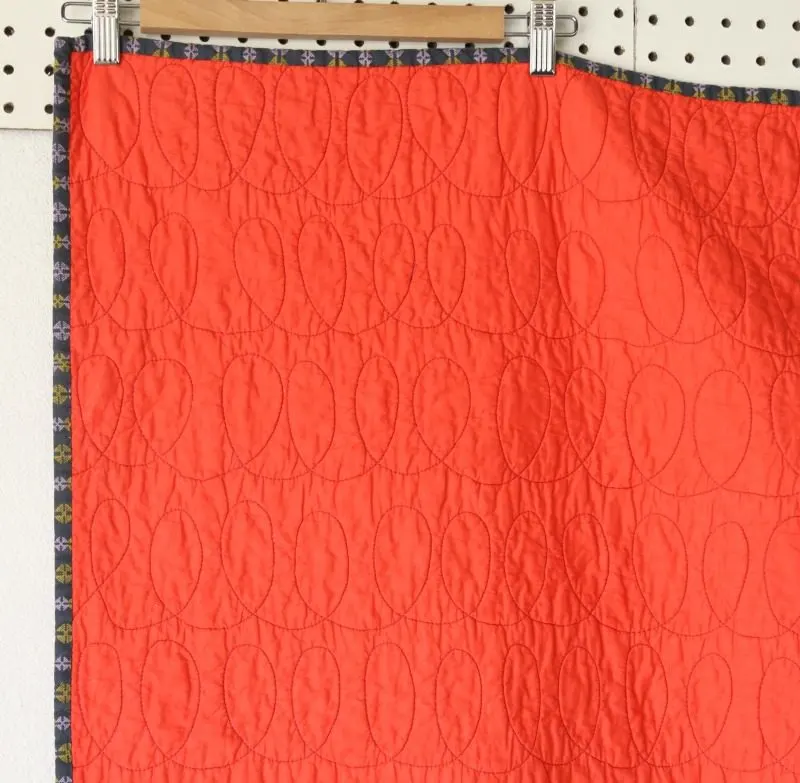
Confidence and skill level:
This is the time to be realistic but not timid. Evaluate what type of quilting you are confident with and then determine if there is a small change you can make that will stretch your skill but that you are still confident enough to complete the quilting based on the purpose of the quilt. As an example, let’s say you feel pretty confident with straight line quilting using the walking foot. A small change would be to add a gentle curve to the line so you have wavy lines across the quilt. This would still utilize the walking foot and build on your confidence but add one more option to your tool kit.
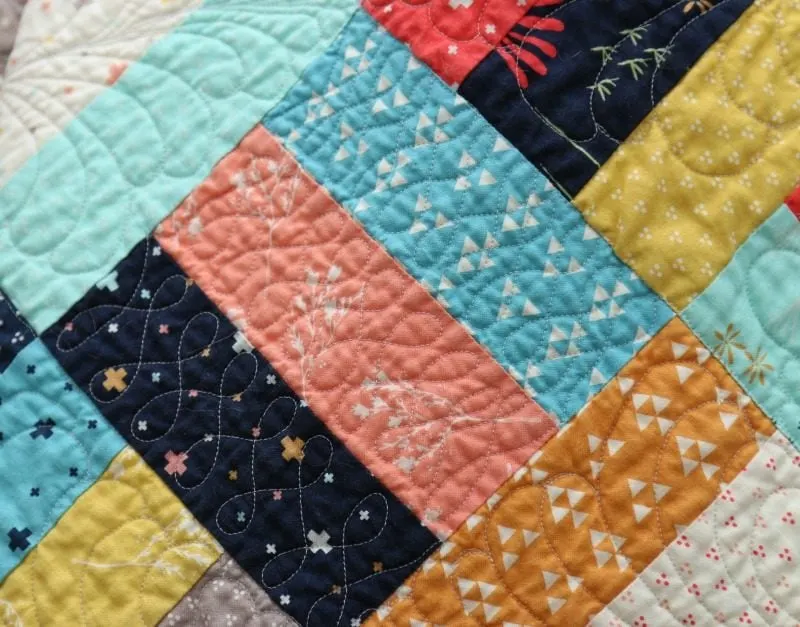
Design of the Quilt:
There are so many options when it comes time to do the quilting step of the process. It’s similar to an artist looking at a blank canvas except we have the actual quilt top design to guide us, inspire us and challenge us to quilt in a way that works with the design of the quilt top. Take a good look at the quilt top to see if there are any patterns made with the piecing that you want to highlight, any piecing oopsies that you need to hide, or any shapes you want to reinforce.

Fabric:
Now consider the fabric. If you are using very busy prints, the quilting will show less. This can be good if you want to try something to stretch your skill but also consider the time it will take to quilt. If there is a design with prints but also a good amount of background fabric which is typically a solid, that can help determine the type of quilting. Quilt tops that are mostly solids or minimal prints, the quilting will show much more.
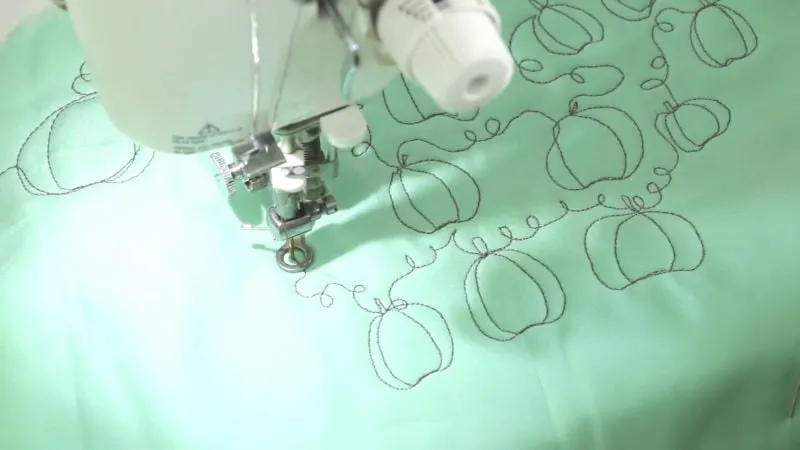
You may also want to consider if you want the quilting to be the star or is it really all about the piecing design and the fabric choices. Your choice of thread will also help to sink into the colors of the quilt and that allows the piecing to show more or if you use thread that stands out more, it can highlight more of the quilting and often helps make the secondary pattern the focus of the quilt.
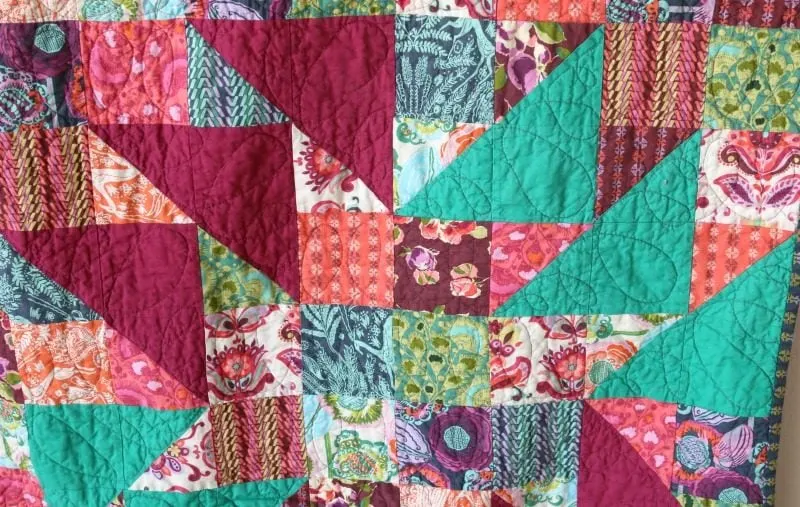
Size and your machine:
The size of the quilt can also help direct your decision for the type of quilting. If you are quilting this on your domestic regular sewing machine, does it have enough space to do the quilting, and the settings or capabilities you need to accomplish the quilting. The larger quilts need a large table surface to the back and side of the machine for the quilt that will help to support the weight while quilting. Will the design you are considering work for the entire quilt or will there be areas you want to change the quilting?

Mapping out the quilting for the entire quilt before you get started helps to guide you on where to start, thread choice and other tools you may need for the process. Using a printable coloring sheet slipped into a plastic sheet cover and then use a thin dry erase marker to test out different designs can be super helpful. You can also use sheet plastic over your design wall and draw out designs to test how it might look and practice the muscle memory of the design.
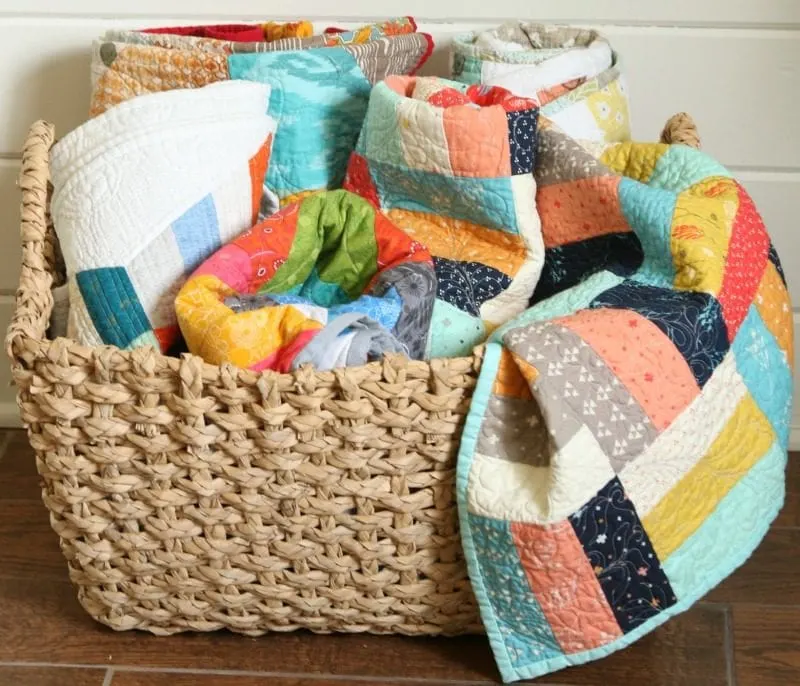
Whatever you choose as your “desire” to quilt, the most important tip I can give you is to GO, Do it! Don’t put the quilting off, save it for later or when you have more time. A quilt isn’t finished unless it’s quilted! The love and effort you put into a FINISHED quilt is so much more important!
From my quilting heart to yours!
Mama Lisa…
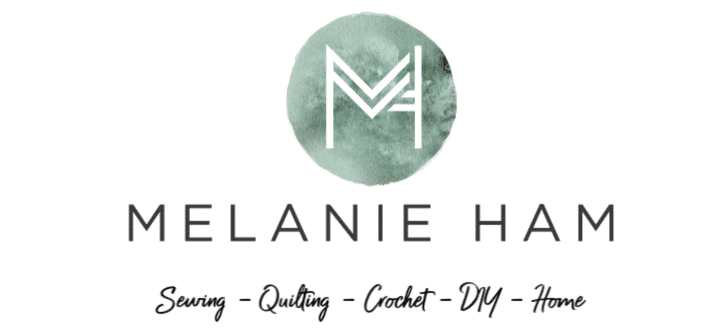
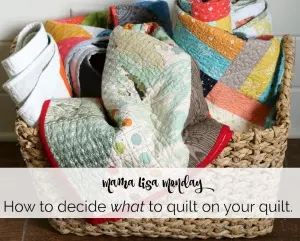
Tracey Dennis
Tuesday 17th of July 2018
Hi Melanie I have a question? I am making a crotched flower larger throw/ blanket. How many flowers to do this. I have 145 flowers made now.